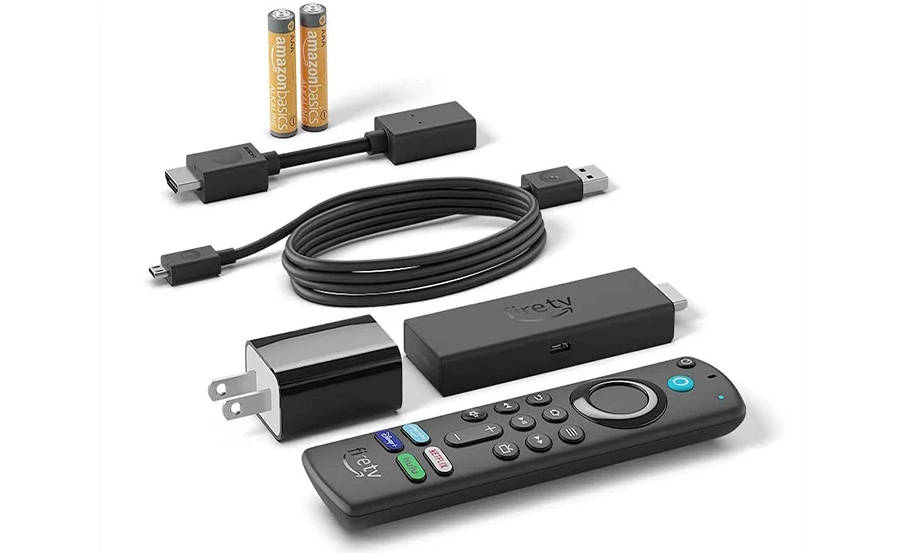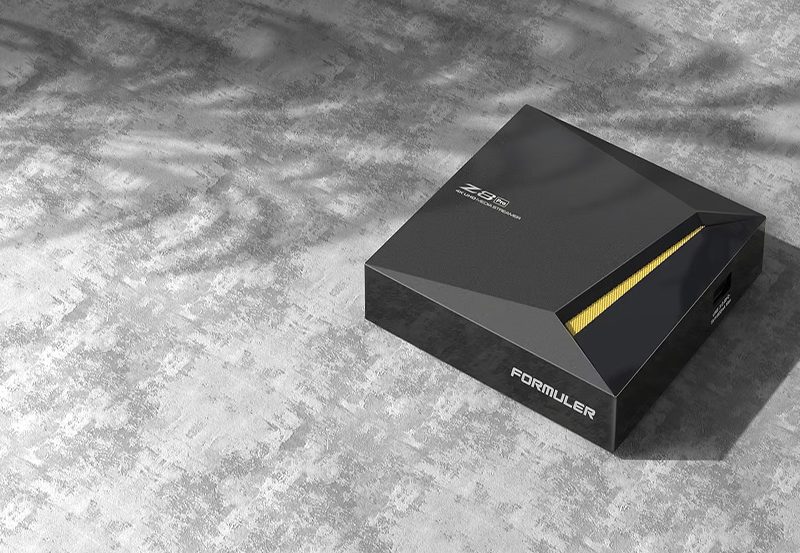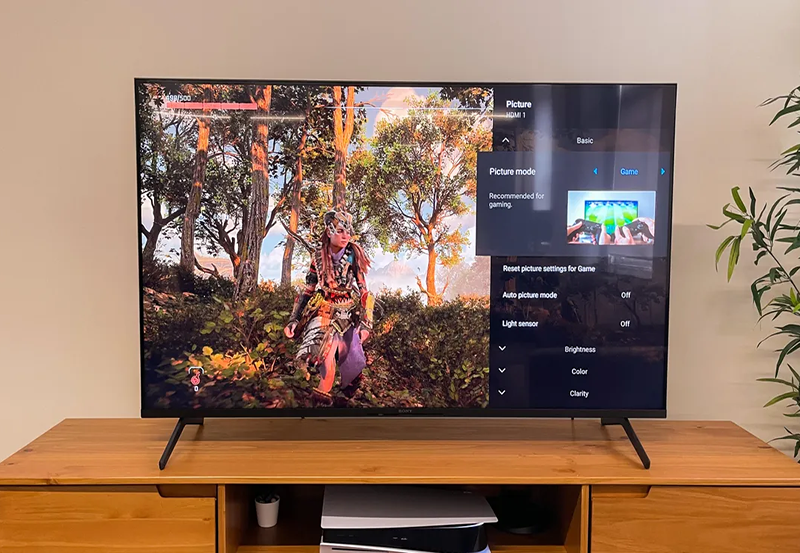In the ever-evolving landscape of streaming devices, two names have stood out and consistently drawn attention from users worldwide—Amazon Firestick and Roku. Whether you’re an avid movie enthusiast, a fan of live TV, or someone new to the world of streaming, choosing the right device can significantly impact your viewing experience. This article aims to compare these two popular devices, helping you make an informed decision tailored to your entertainment needs.
Introduction to Streaming Devices
The world of television has transformed dramatically over the years. Gone are the days when viewers were limited to cable TV schedules. Today, streaming devices have reshaped the way we consume content, offering flexibility, variety, and convenience. Among these, Amazon Firestick and Roku have become household names. But what sets them apart?
Whether it’s accessing IPTV services or enjoying the latest movies, streaming devices have become an integral part of modern entertainment. Through this comparison, you’ll gain insights into the features, usability, and unique offerings of both Amazon Firestick and Roku, ultimately guiding you to the device best suited for your viewing habits.
Smart Choice:
Experience top-tier entertainment with Best IPTV for USA and enjoy non-stop shows and movies.
Amazon Firestick: A Close Look
Features and Specifications
Amazon Firestick, a flagship product by Amazon, offers a range of features designed to enhance user experience. With its compact design and robust functionalities, it aims to bring the vast world of Amazon’s streaming services right to your TV screen.
Incorporating voice control through Alexa, Firestick users can enjoy hands-free operation—a convenient feature for today’s smart homes. The device supports a range of streaming services, promising seamless access to platforms like Netflix, Hulu, and Amazon Prime Video.
Performance and Usability
When it comes to performance, Firestick boasts fluid navigation and quick response times. Its straightforward interface is user-friendly, making it easy for new users to adapt quickly. Whether you’re an IPTV enthusiast or a casual viewer, Amazon Firestick has something to offer.
One notable advantage of the Firestick is its integration with Amazon’s ecosystem, providing added value if you’re already an Amazon Prime member. The synergy between the device and other Amazon services enhances both content accessibility and viewing enjoyment.
Roku: Exploring Its Offerings
Distinctive Features
Roku has carved a niche for itself in the streaming device market, thanks to its straightforward approach and extensive channel lineup. Unlike Amazon Firestick, Roku focuses on offering a neutral platform with access to a myriad of streaming services.
The device is well-known for its impressive selection of channels, including some exclusive offerings not available on other platforms. As a user, you can access everything from mainstream services like Netflix to niche channels tailored to specific interests.
Ease of Use and Accessibility
Roku’s interface is designed with simplicity in mind. It’s intuitive, allowing even the least tech-savvy individuals to find their way around with minimal hassle. The remote control features quick shortcuts to popular services, providing an even smoother navigation experience.
Moreover, Roku’s voice search functionality is universally applied, meaning you can search across multiple streaming services simultaneously, ensuring you find exactly what you’re looking for without switching between apps.
Comparing the User Interface
Visual Layout and Navigation
The user interface plays a crucial role in the overall streaming experience. Amazon Firestick offers a visually engaging layout, with a home screen that showcases content suggestions based on your viewing habits. This personalization helps in discovering new shows and movies effortlessly.
On the other hand, Roku opts for a minimalist design. The home screen displays channels in a grid layout, focusing on straightforward navigation without clutter. This simplicity appeals to users who prefer a no-nonsense approach to streaming.
Customization and Personalization
Customization on the Firestick platform allows users to tailor their interface to their preferences. You can rearrange apps, hide services you’re not interested in, and create a personalized viewing environment that’s uniquely yours.
Roku, while offering less customization than Firestick, provides consistency in its layout. This can be particularly beneficial for users who value stability and a predictable user experience across different devices in their ecosystem.
Content Availability and Options
Streaming Services and Channels
One of the biggest deciding factors for potential buyers is the availability of content and streaming services. Amazon Firestick provides extensive access to Amazon’s ecosystem, including exclusive content for Prime subscribers.
Roku excels with its extensive channel store. Its offering spans across genres, catering to diverse tastes—from news and entertainment to educational and international content. Roku’s neutral stance in the streaming wars gives it an edge in channel diversity.
Integration with IPTV Services
For users interested in Top IPTV subscriptions and those seeking the best IPTV for streaming movies, both devices support a variety of IPTV services. However, the integration and ease of adding these services can differ between the two.
Amazon Firestick is often praised for its compatibility with numerous IPTV apps, allowing for effortless streaming of IPTV content. Roku, while slightly less flexible in this regard, also provides options, although they might require additional setup.
Evaluating Performance and Speed
Loading Times and Buffering
The performance of a streaming device is critical, impacting overall user satisfaction. Amazon Firestick tends to deliver quick loading times, ensuring that you dive into your favorite shows without frustrating delays.
Roku’s performance is also commendable, with minimal buffering. Its reliable streaming experience keeps users engaged without interruptions, a crucial factor for uninterrupted movie marathons or live IPTV broadcasts.
Hardware Capabilities
When comparing hardware, Firestick generally offers more powerful specifications, which contribute to its snappy performance and smooth transitions between apps. The addition of Alexa-enabled voice commands further bolsters its functionality.
Roku, while not leading in hardware specs, emphasizes efficient resource utilization, delivering a stable and consistent performance. Its simplicity is part of its charm, making it less prone to technical glitches.
Price Points and Value for Money
Initial Costs
Price can be a significant factor for many consumers. Amazon Firestick is competitively priced, offering multiple models that cater to different needs, from the basic Firestick Lite to the high-definition Firestick 4K Max.
Roku provides a similar tiered pricing strategy, with options that suit every budget, from Roku Express to the premium Roku Ultra. This flexibility allows customers to choose a device that aligns with their financial comfort.
Long-term Cost Considerations
Beyond the initial purchase, it’s important to consider ongoing costs. Amazon Firestick may offer exclusive benefits to Amazon Prime members and special deals within its ecosystem, which can enhance long-term value.
Roku, while having fewer built-in financial incentives, frequently updates its channel store with free content options, potentially reducing the need for multiple subscriptions and adding to its cost-effectiveness over time.
Amplifying Your Entertainment Experience
Accessory and App Enhancements
Enhancing your streaming setup can further amplify your IPTV enjoyment effortlessly. Amazon Firestick supports a range of accessories, including game controllers and external storage devices, expanding its utility beyond basic streaming.
Roku also offers enhancements through additional channels and apps, allowing users to customize their entertainment experience. With a focus on providing a rich media experience, both devices contribute significantly to a connected living space.
Compatibility with Smart Home Devices
Both Amazon Firestick and Roku integrate well within smart home systems. Firestick’s Alexa compatibility means it can easily sync with other smart devices, facilitating a seamless smart home experience.
Roku, through its compatibility with smart speakers and other connected devices, holds its ground in the smart home ecosystem, ensuring users can control their media environment with ease.
Making Your Decision: Personal Preferences
Content Preferences and Viewing Habits
Your content preferences weigh heavily in deciding which device to choose. If Amazon’s exclusive content and ecosystem appeal to you, Firestick may be the better fit. Prime members, in particular, stand to gain the most from its offerings.
Conversely, if you’re seeking a device with broader channel selection and a more neutral stance in the streaming world, Roku’s extensive library could tip the scales in its favor. Its approach caters to a wide audience with varied interests.
User-Friendliness and Tech Savviness
Assess your level of comfort with technology. Amazon Firestick might appeal more to those who appreciate a feature-rich environment and integration with Amazon services.
Roku’s straightforward interface might be more suitable for those who prioritize ease of use and simplicity, especially if you’re onboarding family members who are less tech-savvy.
The Final Word on Your Streaming Journey
Navigating the plethora of options in the world of streaming devices can be overwhelming. However, understanding the nuances between Amazon Firestick and Roku helps streamline the decision-making process. Your choice ultimately depends on what aligns best with your viewing habits, household setup, and personal preferences.
The convenience of streaming lies in its ability to adapt to your lifestyle—selecting the right device is just the beginning of an enriched entertainment journey. Embrace the world of streaming and enjoy every moment of your chosen path.
FAQs

Which is better for streaming IPTV: Firestick or Roku?
Both devices are capable of streaming IPTV content, but Amazon Firestick is generally considered more flexible due to its wide range of app support, making it a popular choice among IPTV users seeking top IPTV subscriptions.
Do I need a smart TV to use Amazon Firestick or Roku?
No, both Amazon Firestick and Roku can convert your standard HDMI-equipped TV into a smart TV, providing access to various streaming services without the need for a smart TV.
Are there any hidden costs with these devices?
While the devices themselves are a one-time purchase, additional costs can arise from subscription services for premium channels and streaming apps. It’s advisable to evaluate ongoing subscription costs based on your viewing preferences.
Can I use voice control with both Amazon Firestick and Roku?
Yes, both devices support voice control. Amazon Firestick uses Alexa, offering comprehensive voice command functionalities, while Roku provides voice search capabilities across its channels.
What accessories can enhance my streaming experience with these devices?
Amazon Firestick supports various accessories, including additional storage and gaming controllers. Roku offers channel enhancements through its expansive channel store, which can also include additional remote options and audio devices.
How do updates affect the performance of these devices?
Both Amazon Firestick and Roku receive regular firmware updates that improve performance and introduce new features, ensuring that devices run optimally and provide a better user experience over time.
Expert Solutions for Resolving IPTV Audio Sync Challenges





